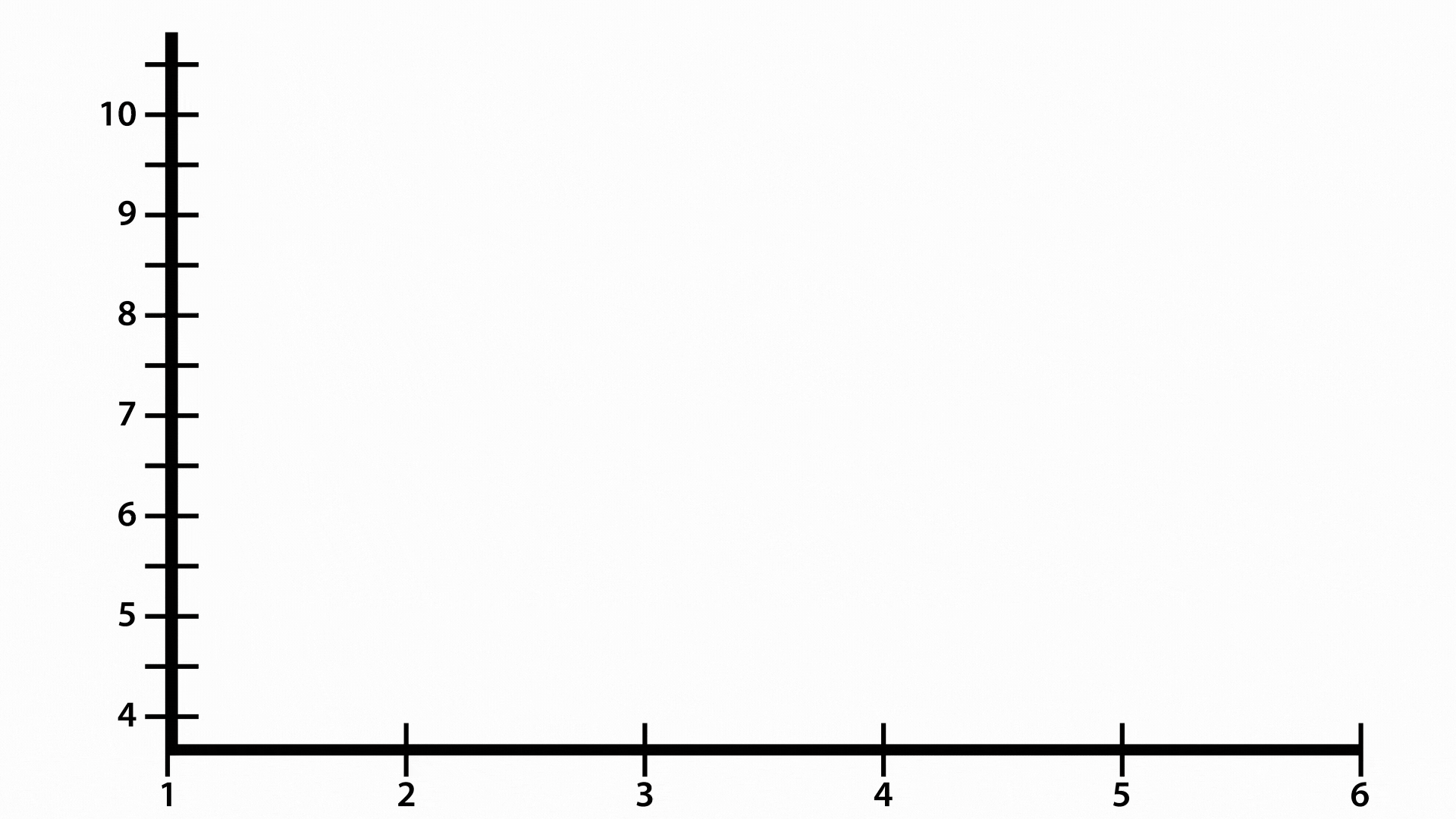Neurenics Professional Neurofeedback Session Trend Report (Example)
EEG Changes in Six Sessions
These six sessions show: • Decrease in Delta frequency range (1-4Hz Black) amplitude or power that is associated with very slow frequency brain activity that increases with age and indicates slower and limits processing power. This can also be a result of head trauma, mild to severe and reduced amplitude here is very favorable. • Significant decrease in Theta amplitude (4-8Hz Pink) indicated reduced fogginess of cognition and performance, plus anxiety, negative self-talk etc. • Elevation in Alpha (8-12Hz Blue) was recorded and is correlated with internal calmness with enhanced alertness and is a highly desirable central nervous system marker. This tended to fluctuate and variation was as a result of fatigue, caffeine, etc. • Initial elevation in “low” Beta (15-18 Hz Light Green) was positive and was not maintained however, this is more than compensated for with the reduction of the slower frequency bands or ranges. Either reduced slow frequency or elevated higher frequency will result in beneficial results in CNS function. • This pattern is seen for “high” beta (18+ Hz) also. • Initial elevation of Sensory Motor Rhythm (SMR 12-15Hz) was recorded. This was not stabilized however, became elevated again from session #4 to #6 indicating stability of this frequency range and was not yet achieved and is desirable.






